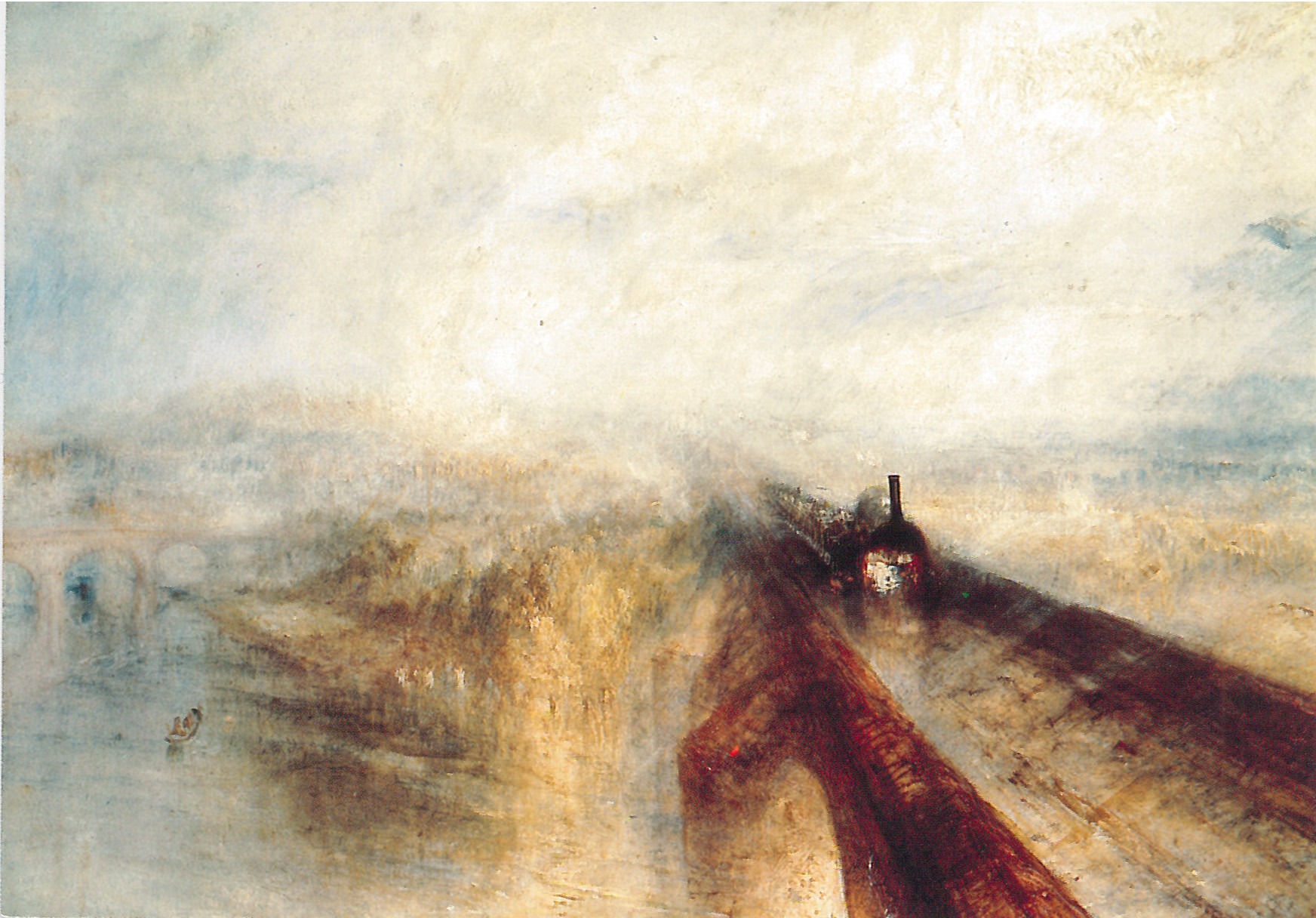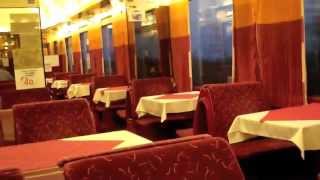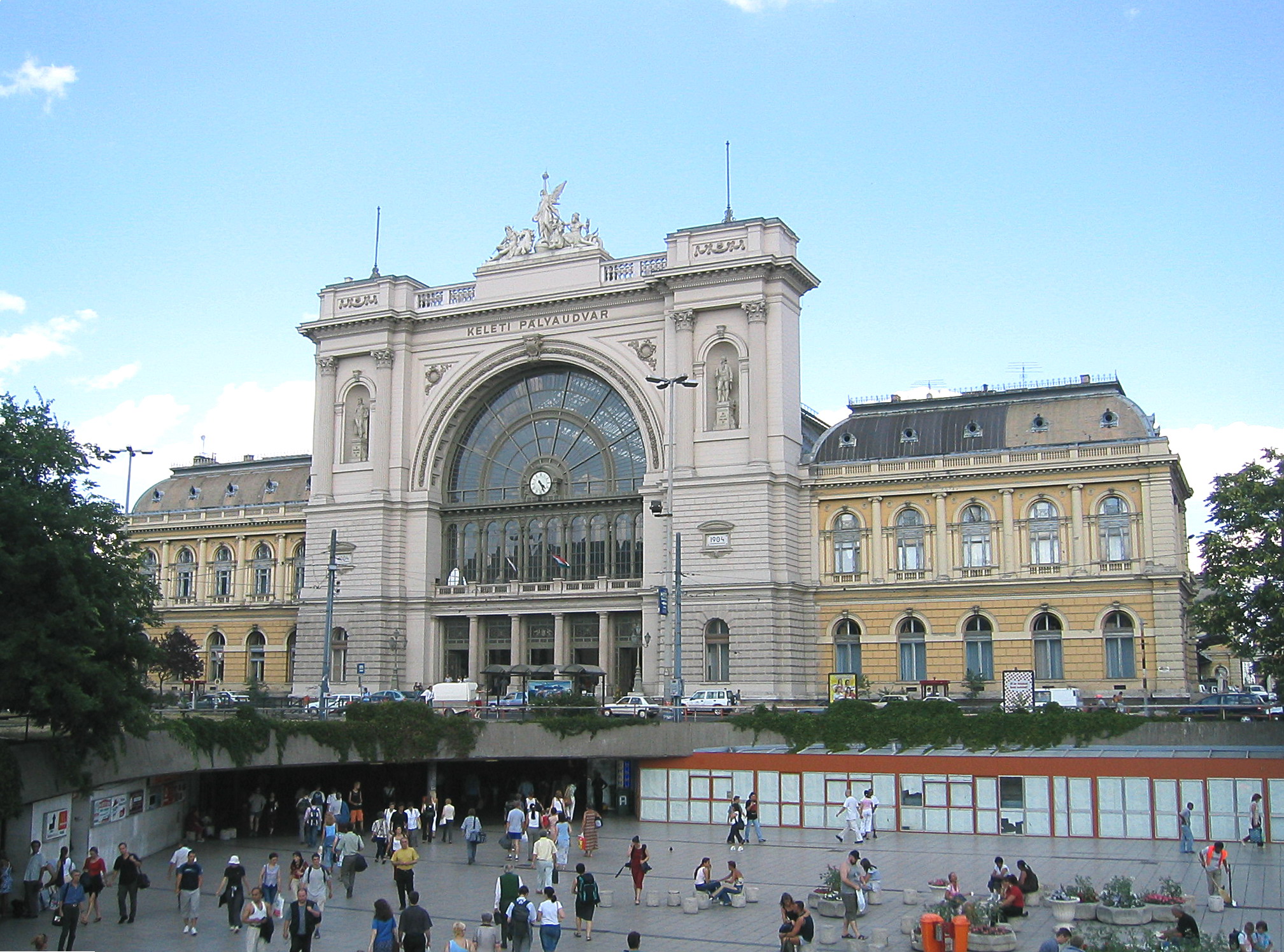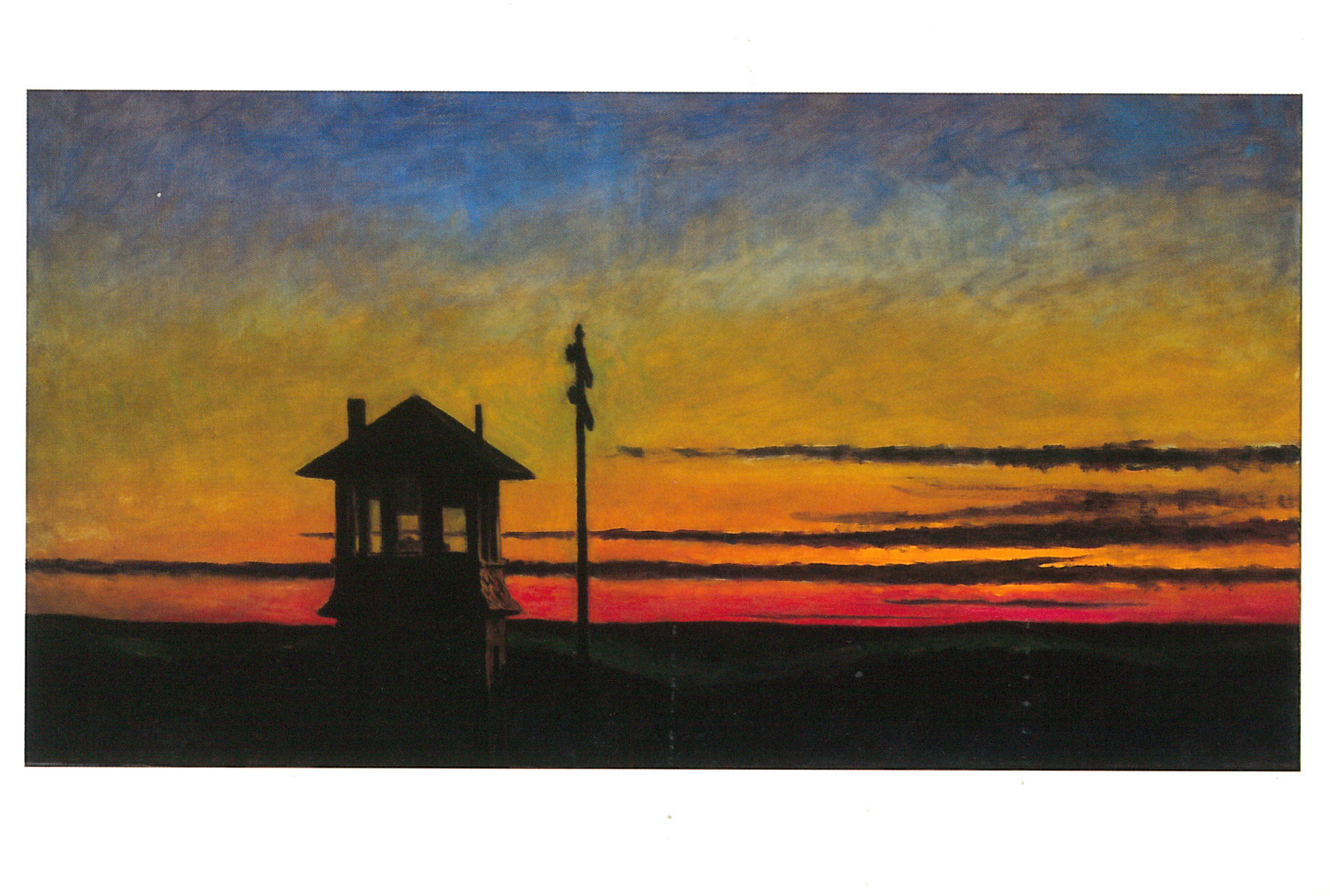Published April 30, 2012
<font size="5" face="Times New Roman"></font> Inspiration and fascination –the railway painting in postcardsBy STEEN BILLE LARSEN
From the very beginning the railway has been an inspiration and fascination for painters, writers, poets. The Danish writer Hans Christian Andersen wrote a novel about his first railway travel in 1840, where he characterized the steam locomotive as the magic, wild horse with black steam from the nostril. In 1844 the English painter Joseph Mallord Turner presented the breathtaking painting Rain, Steam and Speed - The Great Western Railway at the annual exhibition by the Royal Academy in London. The world had never seen anything like this motive. The modern machine in rain, fog, smoke and steam. The train was the symbol of industrialism, urbanization and progress.
Joseph Mallord Turner: Rain, Steam and Speed - The Great Western Railway (1844). The National Gallery, London.
This famous painting by Turner is represented in my collection of art postcards with railway motives. My collector’s interest is: Art postcards with railway motives. The rules are: It must be a representation of an artist's painting or of a poster - photography is not included. Type: Only postcards - as accepted by the post office. To collect postcards of paintings with a railway motive is a very difficult interest. I have searched art's bookshops and museum's bookshops all over the world. Why collecting this? I don't know, but I can tell you it is very difficult and great fun. Part of my collection is presented at my web-site www.billelar.dk, where you also find Turner’s painting from 1844, bought in a museum shop somewhere in the world.
The reflection and adaption I tried myself March 2012. Long-distance Euro City-trains are connecting central and Eastern Europe. Together with my companion we traveled the seven hours from Prague to Budapest in a Hungarian train. This trip was a time pocket. The 1st class compartment was equipped with deep red velvet, where we could spread our books and papers over six seats. In the Hungarian dining wagon we were served with porcelain, white table cloths and two waiters. We enjoyed Czech beer, Hungarian white wines, the soup of the day, cold plate, goulash, Schnitzel - all home made in a kitchen with steaming pots and pans. We started in Bohemia, passed through the gorges of Southern Moravia, the Puszta in South Slovakia and finally drove along the Danube. The travel was connected by two marvelous neo-romantic railway stations from the glory of the Austrian-Hungarian Empire: Praha hlavní nádraží (Main Station) by architect Josef Fanta (1909) and Budapest Keleti Pu (East Station) by architect Gyula Rochliz (1884), both stations are today the lost splendor of another time.
My personal favorite railway painting is also represented in my collection. It is a painting by Danish painter Jais Nielsen from 1918, Afgang (Departure), representing an urban environment with the clock, the tempo, the speed of modern life in a time of big change after World War 1. The painting was first on exhibition at The Painters Autumn Exhibition in Copenhagen. The exhibition was regarded as a scandal. This painting was regarded as a provocation. The symbolism of trains is different today.
Jais Nielsen: Afgang (1918). Fuglsang Kunstmuseum, Nykřbing Falster
The train revolutionized communication in the 19thcentury in the same way as the Internet has revolutionized communication today. The book Der Bahnbau, published by Swiss Rähtische Bahn (1984) reminds us that it took several days to cross the Alps before the railway. Travel by train is time for reflection and adaption. In Thomas Mann’s Der Zauberbergis the main character Hans Castorp travelling by train from Hamburg to Davos in the Alps by the very same Rähtische Bahn in a mood of reflection. This reflection you also find in Edward Hopper’s Railroad Sunset(1929).
Edward Hopper: "Railroad Sunset" (1929). Whitney Museum of American Art, New York
What do I do to add more postcards to my collection? I go to art museums, to transport museums, to bookstores and anther shops, where they are selling postcards. First you must make a plan with an overview. Postcards with photos are of no interest. Postcard of paintings before 1825 are of no interest as well, because the steam engine was first in service in 1825, when George Stephenson built the Locomotion for the Stockton and Darlington Railway, which was the first public steam railway in the world. The time of glory for the railway painting was the years before the train met the competition from the car and the air plane. After this basic selection the search can begin. Some railway motive you find again and again all over the world. Sometimes I am lucky to find a new motive to add to the collection. Why doing this? I don't know, but I can tell you it is very difficult and great fun.

This work is licensed under a Creative Commons Attribution-NonCommercial-NoDerivs 3.0 Unported License.





